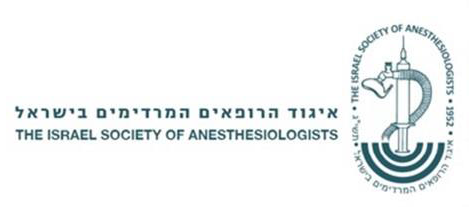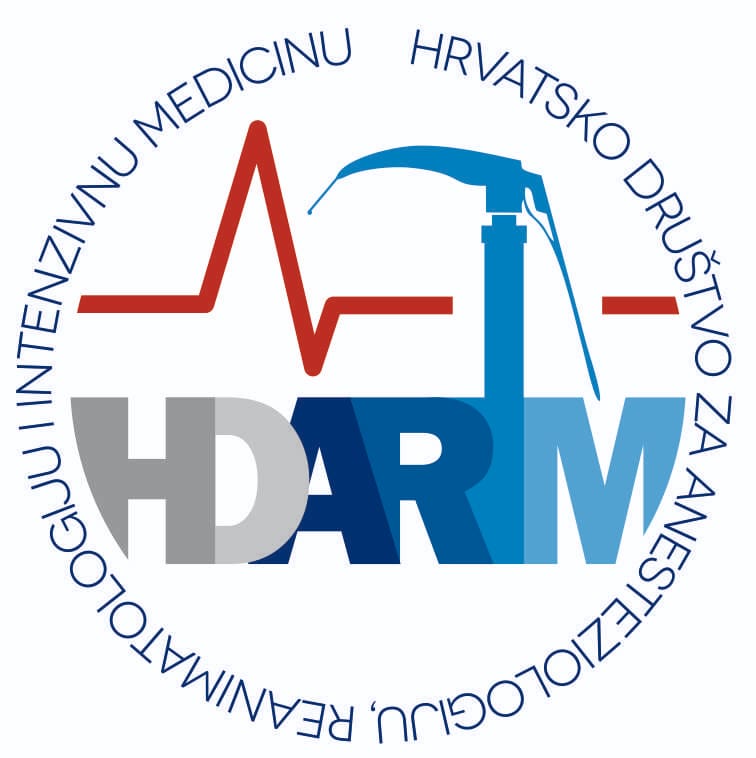
The Glasgow declaration on sustainability in Anaesthesiology and Intensive Care
The healthcare sector significantly contributes to global pollution and climate change. It is concerning to note that all types of pollution produced in hospital care, if not properly treated, are released unchanged or undergo an incineration process, resulting in an environmental impact affecting water ecosystems and releasing significant CO2 emissions to the atmosphere. These emissions add to the existing Green House Gases (GHGs) responsible for climate change, exacerbating our current environmental crisis.

Introduction
The healthcare sector contributed 5.2% of global greenhouse gas emissions in 2019, up from 4.9% in 2018.1,2 These emissions are from a variety of sources. Data from England suggest that inhaled anaesthetic agents contribute to 2% of the total emissions from the health system.3 In addition, up to 4.2% of a nation’s waste generation may be attributable to healthcare,4 and operating rooms (ORs) produce approximately 20% of all waste in a hospital.5 Thus the field of anaesthesiology and intensive care has an important role to play in helping countries decrease the carbon footprint of their health systems and protect the future environmental sustainability healthcare. The World Health Organization defines an environmentally sustainable health system as one which ‘would improve, maintain or restore health, while minimising negative impacts on the environment’.6
Recognising the importance of rapid action, the European Society of Anaesthesiology and Intensive Care (ESAIC) created a Declaration focused on achieving greater environmental sustainability across anaesthesiology and intensive care in Europe. This Declaration presents a shared European perspective of what is feasible and achievable within this field. It builds on the existing Helsinki Declaration for Patient Safety,7 and is intended as a guide for countries across Europe to build into their own healthcare plans.
This Declaration is based on the European Union’s strong commitment to tackle climate change. The European Green Deal aims to achieve climate neutrality by 2050 and reduce emissions by 55% by 2030 (compared to 1990).8 In addition, the EU is also proposing regulation to decrease the use of fluorinated gases (F-gases), which are potent greenhouse gases that account for 2.5% of total EU greenhouse gas emissions.9 This is relevant to ESAIC because inhaled anaesthetic agents may be comprised of hydrofluorocarbons, which are F-gases.10,11
To be both acceptable and feasible in practice, the transition towards environmental sustainability must consider the timelines for development and availability of environmentally-friendly alternatives – for medicines, devices and equipment.
It is also possible that there are conflicting interests between environmental and patient safety goals – for example in the use of heating, ventilation and cooling to ensure a high ventilating rate in the OR. Moreover, the clinical importance of certain drugs may be in conflict with their environmental burden. Therefore, multidisciplinary dialogue is essential to ensure any proposed changes in practice are feasible, safe and always serve the best interests of patients and society as a whole.
It is also important to keep in mind that hospitals being asked to become more environmentally sustainable are coping with other parallel pressures, including staff shortages, unreliable supply of materials due to complex global supply chains, and the cumulative effects of the COVID-19 pandemic (such as backlogs in elective care12). Any plans to transition to environmental sustainability must thus be adapted to each context and be accompanied by comprehensive training and communication with all relevant personnel.
Methodology
Experts and members of the ESAIC Sustainability Committee met to develop position statements aligned to each of the areas outlined in Figure 1 below, as well as staff well-being. Iterative drafts of these position papers were shared among subcommittee members for review and discussion, using a Delphi approach. This Declaration was drafted to serve as a companion piece to these position papers.

ESAIC’s declaration for sustainability within anaesthesiology and intensive care
The Declaration is focused on key areas where the greatest gains may be made in terms of environmental sustainability: medication use, energy use, and circularity in processes and waste.
Medical use
The global warming potential over 100 years (GWP100) of volatile anaesthetics is much greater than that of carbon dioxide, the reference greenhouse gas.13,14 Therefore, making conscious and sustainable decisions with regards to medication use is thus essential to minimise the carbon footprint of anaesthetic practice.
Energy use
Hospital heating, ventilation and air conditioning systems (HVAC) comprise between 90 and 99% of the overall energy use in ORs.15 Energy conservation efforts must therefore focus on HVAC system management. Preventing energy waste generated with fossil fuels should also be considered, especially when designing new facilities. Proper insulation and introducing passive building concepts can also significantly reduce energy consumption and energy waste in clinical practice.16 Efficient use of lighting is also important.
The way forward
Climate change is a defining issue for our generation. We are facing an environmental crisis in which we have a small but significant part to play. It is our hope that this Declaration can be used by European anaesthesiologists and intensive care physicians to present to health authorities, politicians, policy-makers and hospital-level stakeholders to help persuade them to implement sustainability approaches both locally and nationally.
Our efforts to make our care more sustainable will, however, only bear fruit if we manage to engage with broader communities and work across different disciplines. We thus welcome other healthcare stakeholders and organisations to endorse this Declaration and to join ESAIC in our initiative to improve sustainability of anaesthesiology and intensive care in Europe. By working together, we can achieve this vision of enhanced sustainability for the benefits of our patients, our society and our planet.
Endorse the Glasgow declaration
Dear Friends, Colleaagues,
Dear Sustainability in Health Care Supporters,
We invite you to endorse and promote the ESAIC’s Glasgow Declaration in Anaesthesiology and Intensive Care practices.
This ESAIC-led initiative, highlighting the urgent need for climate action, aims to integrate environmental sustainability into healthcare by promoting eco-friendly practices and reducing emissions and the minimisation of fluorinated gases in medical anaesthetics, aligning with the EU’s climate objectives.
Your endorsement of the ESAIC Glasgow Declaration isn’t just a signature, it’s a symbol of your commitment to a greener future.
We highly value your insitutions or organisation’s support, and featuring your logo in its digital version would enhance our collective efforts. All endorsements will be showcased at the official signing event during our annual congress in Munich this year.
Join us in pioneering a greener future for healthcare in Europe.
Please confirm your support by filling in this FORM for the ESAIC Glasgow Declaration in Anaesthesiology and Intensive Care and willingness to disseminate its principles.
Your involvement is crucial for advancing environmentally sustainable healthcare.
Thank you for considering this important initiative.
Sincerely yours,
Prof. Wolfgang Buhre
ESAIC President
Dr Patricio Gonzalez-Pizarro
Sustainability Committee Chair

The ESAIC Glasgow Declaration on sustainability in Anaesthesiology and Intensive Care has been kindly endorsed by


Kosovo Society of Anaesthesiology and Intensive Care

Belgian Society for Anesthesiology, Resuscitation Perioperative medicine and Pain Management (BeSARPP)

New York State Society of Anesthesiologists

Macedonian Society of Anaesthesiology and Intensive care Medicine, MSA

Hospital Regional Universitario de Málaga

Swedish society of Anaesthesiology and Intensive Care

European Society for Paediatric Anaesthesia ESPA

Finnish Society of Anaesthesiologists

Croatien Society of Anesthesiology, Reanimatology and Intensive Medicine

Armenian Society of Anaesthesiologists and Intensive Care Specialists

Montenegrin Society of Anesthesiology and Intensive Care

Hellenic Society of Anaesthesiology

Association of Anaesthesiologists of Malta

Société Française d’Anesthésie et de Réanimation (SFAR)









